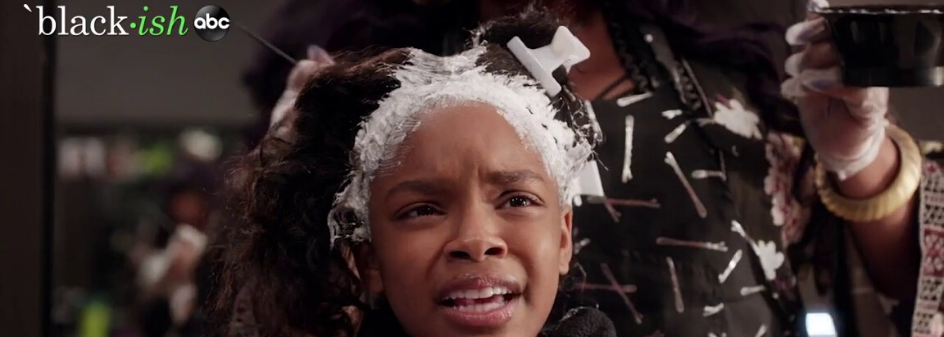You may have heard the rumor that cutting your hair makes them grow faster, right? This, many experts say, is in fact, a myth. Give yourself a minute to digest that, we know, it’s a big, ‘Wait what?’ moment.
This isn’t to say you should stop paying tribute and visits to your local barber, but there are some things you should know before to cross that threshold for the safety and security of your locs.
To Trim or Not?
Trimming locs frequently not only lightens up the tension on your scalp, but allows the inside of your locs to breathe and release. When trimming your locs it’s essential to take extra care of your roots and ends. You may want to consider trimming your locs around the time your locs are ready for a re-twist. This way, you can make the alteration a smooth transition for your locs. Trimming and re-twisting (on your schedule) helps ensure that new growth and those healthy locs stay put. We do want to note however, that it’s best to only trim mature locs, as trimming locs at the early stages may cause your ends to fray, altering your locs in unexpected ways.
Barber Visits: What Not to Do
When you have locs and you pick your barber, remember that they may not specialize in locs. Unfortunately, this could wind up going the wrong way. When growing your locs, educate your barber by informing them not to cut into your locs. It's very common for barbers to line clients up and cut too close to the base of locs. It's very important that locs have all their hair in the original base to support the loc long term. And though we always love a fresh new look, the goal is to look after your locs long term.
Why Does it Matter If They Cut at the Base
If the loc loses hair at the base, the locs will weaken and eventually fall out. This is why so many clients have a shade of hair in the front of their locs, because the barber overtime has cut too close to the locs. Barbers (whose goal is to make sure properly cut and trimmed may not be aware of this issue). A good loctician will notice immediately. So consider this a friendly beware. Yes, your barber is a professional in his or her field, but it’s best to go in with this knowledge, and know-how to approach or instruct your barber, rather than walk out with weakening locs.
Why line up or trim at all?
As we mentioned earlier, trimming is best left to those in the mature phase of their locs, which is usually some time around a year after you’ve first dove into the loc community. It’s especially great to trim your locs to remove the early phases of growth that may appear less homogenous with the rest of your growth. For those who go to the barber, or often rock the shaved mohawk look on the side, keeping up with this groomed look is important because well, who wants to look like they haven't had a haircut? No one.
If you’re uncertain whether a trim is right for you, then asking a loctician is always advisable. With your line up, if you start noticing that your front is getting more room at the top than when you first started your locs, ask your loctician the best approach for informing your barber on preventing this from happening.
Takeaway
Getting your locs trimmed and getting frequent haircuts can keep your locs niced and groomed, and may be essential to you for your hair’s growth and health of your locs, but knowing how often and how to prevent damaging results, in the long run, is always helpful.
Let us know what troubles you have recently faced when trimming your locs very frequently, or if you’ve experienced loc thinning due to your barber cutting too close to the edge.





1 comment
Good information..
Thanks alot..